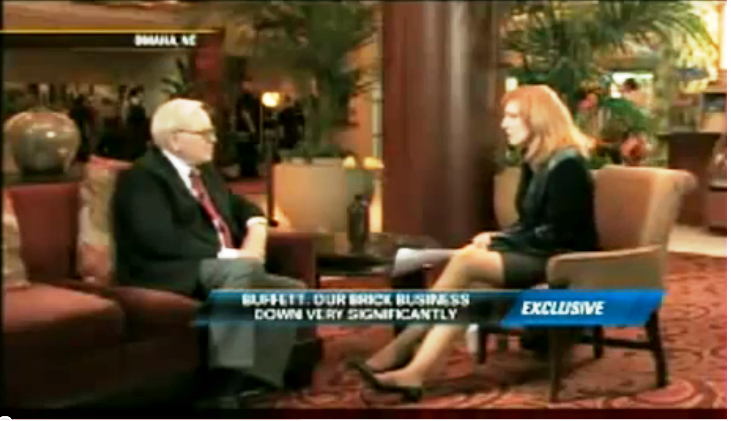
FOR ANY BUSINESS to survive in the fierce competition of today’s professional environments, branding should be a primary focus. It should be an essential facet of the marketing strategy for any business. Before we continue, we should first understand what we mean by a “brand.”
A brand is the identity of a specific product, service or business. A brand can take on many forms, including a name, sign, symbol, color combination, or slogan. A brand’s function is to mark the commercial individuality of a given business. It often also denotes the morals of the business and its owners. A brand speaks about the services offered to the customers by the business and of how the group, company or business is different from its opponent. Thus, working hard to build a unique and fitting brand often translates to success for the business. In summary, the brand of the business is like its face and personality. It’s how the general public will decide whether or not to do business with you or your competitor who offers the same, or a comparable, product.
Below are fundamentals of good branding:
First, one must create the design of the logo of the organization. The company name and logo icon (examples of successful icons include the McDonald’s Golden Arches, the Lacoste Crocodile, or the Ralph Lauren Polo Player), together with the tag line, constitutes a total logo design. It is through the use of this combination that your business will gain recognition from current, or prospective, customers. Therefore, the design of a logo is a generally good investment. As if you were buying a house or car, however, shop around for a good logo designer in order to make sure you’re getting the best design for your money. The best logos illustrate the values of the company, plans of growth, vision, and mission.
The use of a mnemonic is also a great way to enhance your brand retention and recognition. A mnemonic is a memory device or devices that help customers recall larger pieces of information through short verbal and non-verbal connections. There are many kinds of mnemonics. The most important ones are: Music, model and word (or expression) mnemonics.
Music Mnemonics:
Music Mnemonics come in numerous different forms, jingles, poems, songs or music chimes. A great example of this would be the Intel chime. Bum-Bum Bum-Bum. When you hear that chime, the first thing that comes to mind is Intel Company. Another successful example is the NBC Studios three-tone chime. These are both great examples of the music mnemonic.
Model Mnemonics:
Model Mnemonics include logos, images, signs and mascots. Having this key figure in your business can help the consumer recognize and know your company with this single mnemonic. Popular examples of this would be the key figures in fast food restaurants or Insurance companies. Ronald McDonald of McDonalds, the “Gecko” of Geico Insurance, or the “Duck” of Aflac Insurance. As soon as you see these mascots on TV, you automatically think of the companies mentioned. Unique or celebrity voices never hurt, too, as another example of the before mentioned music mnemonics. Ronald McDonald, the Geico gecko, and the Aflac Duck are all great ways that these companies have used the model mnemonic to help build the brand recognition.
Word or Expression Mnemonics:
Word or expression Mnemonics include short phrases that convey the trustworthiness, belongingness and service that is associated with the brand. Some great examples of this mnemonic are Subway’s “Eat Fresh,” Lowes Home Improvement’s, “Let’s Build Something Together,” and, of course, McDonalds’, “I’m Lovin’ It.” These companies have done a great job marketing these catch phrases to bring recognition to their consumers.
What are some of the branding strategies to put into consideration?
A majority of the companies in most parts of the world start their journey in the branding process long before the business or project launches. Normally, campaigns pertaining to branding are developed and put in place by advertising departments or middle-management and are reviewed and approved by upper-management. Unless your business is rapidly growing, caution should be put in place not to begin with huge budget allocations for marketing alone. Spread the amount evenly over advertising media, then analyze the outcome carefully. Ensure to have a complete analysis of the market mix. This enables you to stay sharp on options, thus allowing you to get the best deal on the advertisement.
The process of branding should never stop evolving; it should grow along with the business.






















